There is a saying, "young bodies are slim, but young faces are full of fat."
This begins to change as early as our teens and our twenties.
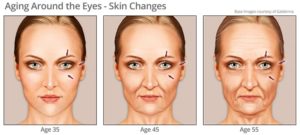
When we're young, fat in the face is evenly distributed in the forehead, temples, cheeks, and areas around the eyes and mouth. With age, that fat shifts downward, so features that were formerly round may sink, and skin that was smooth and tight gets loose and sags. Meanwhile other parts of the face gain fat, particularly the lower half, so we tend to get baggy around the chin and jowly in the neck.
It is this very look that brings many distressed patients into clinics such as mine and all over the world because we see this in the mirror before we reach for concealer, makeup and more.
While there are some who are happy to be proud of the ageing process and all that it brings, I obviously see a slightly skewed population that is wanting to slow the process down as much as is feasible, for a variety of reasons.
Most patients, while we acknowledge we must all age, do not like, nor embrace necessarily, some of the changes that are inevitable with the ageing process.
Most of us, are not looking to fool anyone; we are not aiming to look like mutton dressed as lamb, nor to fool anyone about our real age.
What we are attempting to do, is to age well. To do so gracefully and in a way that still has us mostly liking what we see in the mirror, well into our 50s and 60s if not longer.
It is like the difference between ageing without caring for our bodies - by not exercising our bodies and minds, by remaining active, by being mindful that in our 30s and 40s and beyond, we are merely halfway through a long life, (most of us will live to our 80s) and that the hallmark of a good life, is one that is filled with quality over quantity.
What this quality means, varies by person. For many of us, who will work till well into our 60s and 70s, it means presenting the best looking version of ourselves to prospective clients and patients; looking vital, fresh, and capable.
So what happens when predictable changes to our faces give lie to the way we feel within, which, thanks to science and modern medicine may be a decade or more younger?
I get patients occasionally, well into their 60s and 70s, who continue to work, and who want to invest in their faces and skin to some degree because they recognise that when they look tired and haggard, it affects the way clients see them, as being less than capable.
So what are some early signs that our faces are ageing, that we can focus on if we want to proactively work on this to be our most productive selves for as long as we desire?
Some caveats first:
1. The area around our eyes.

Among the first signs of ageing may be ageing around the eyes, which may lead to a deep or sunken look giving us a chronically tired appearance as early as our teens. If we also have skin of colour, this can exacerbate the appearance of dark circles, giving a suggestion of someone who never seems to get enough sleep, which, together with unsolicited comments, can be distressing for many people as early as their 20s.
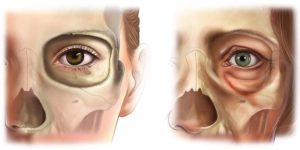
In youth, this may be an easy enough issue to fix, with some dermal filler, but it gets trickier with age. With age, the bony eye socket begins to get wider and loses its height, leading in some people, to deeper eye sockets, more sunken-in appearance of the eyes and even bulging of some of the fat around this area.
At this point it may be hard to fix with just some dermal filler, which may make matters worse and a more multi-faceted approach is needed over some sessions in discussion with your clinician.
2. The area around our nose and mouth.
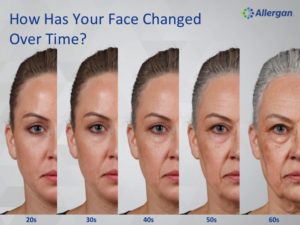
While the nasolabial folds, ie the smile lines from our nose to our mouth are normal most of us do not begin to notice them or to be bothered by them until they begin to look like deep grooves on either side of our lips. When this occurs, there are usually several causes for why this might be occuring, best assessed with a face to face initial consultation, but among them, may be the recession of the maxilla, the bone that forms the support for the upper lip and teeth and surrounding area of our faces. With age again, this begins to recede, leading the skin around the upper lip to lengthen, the lip itself to fold into the mouth a bit more, lengthening this area in a way that can be ageing, and more prominent nasolabial folds due to diminishing bony support.
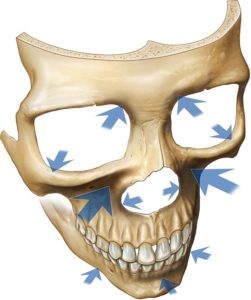
Loss of bony support here can also cause sagging and pooling of skin around the lower face, causing a more boxy appearance to the lower face.
3. The broken jawline.
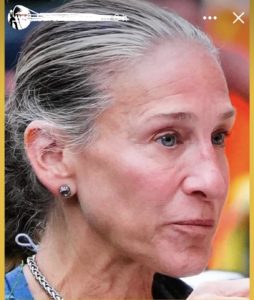
Lastly, let's talk about the jowls. It seems almost like overnight, we begin to notice that our jawlines are broken by sagging tissue and skin, or that they are no longer as defined as in our youth, or even that we seem to have developed a double chin where we never had one before.
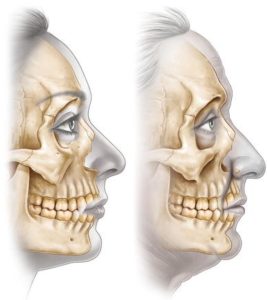
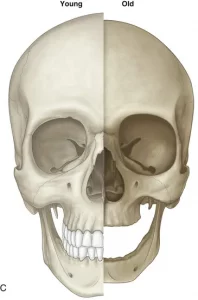
The culprit? Alas, it is bony changes at the level of the angle of the jaw, where it meets our neck and base of the ear as well as in the chin. As this area shrinks it leaves surplus skin and tissue that sags and falls forward, leading to drooping, sagging and adds folds and layers where there were previously none.
All these changes come about in addition to others all of which rapidly add up.
So what can be done?
My general advice remains:
If you'd like to explore your options to see what is possible, you can book an initial consultation here.
| Monday: | By agreement only |
| Tuesday: | CLOSED |
| Wednesday: | 10:00 - 17:00 |
| Thursday: | 10:00 – 18:00 |
| Friday: | 09:00 – 17:00 |
| Saturday: | 09:00 – 15:00 |
Skin Essentials will reopen the week beginning 11th October 2021.
Per NSW government regulations, only double vaccinated patients will be served when we reopen and we will be checking vaccination certificates for all patients upon booking. This requirement may change as of December 1st, and we will advise you accordingly.
Please email us (contact@skinessentials.com.au) or text us (0413174654) your vaccination certificate as soon after booking as you can. We will not be able to see anyone for treatments or confirm appointments without this.
In the interest of full disclosure, transparency and patient safety, all patient facing staff will be fully vaccinated by the time of reopening. Please read our reopening FAQ for more information.